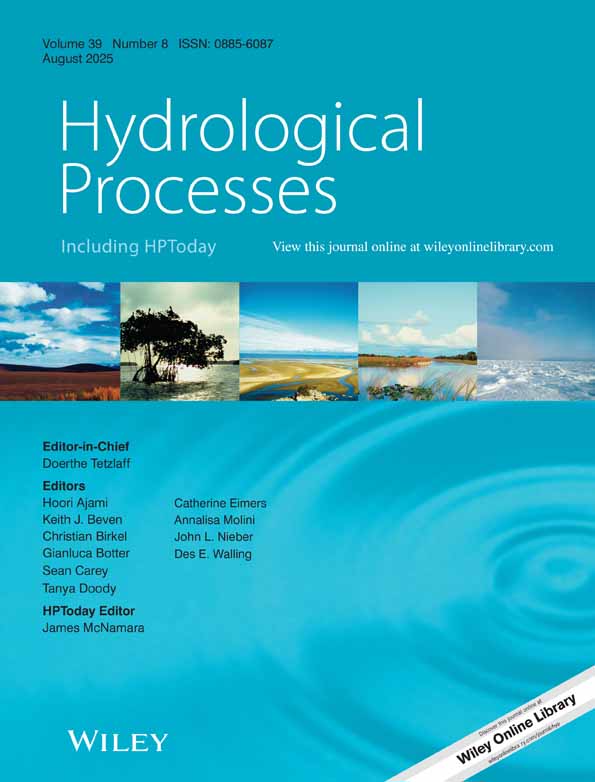Impact of an unsealed forest road stream crossing: water quality and sediment sources
Abstract
Turbidity monitoring and rainfall and runoff simulation experiments were conducted at a newly constructed unsealed road stream crossing to determine the quantity and sources of sediment entering the stream. Continuous measurements of turbidity and estimation of total suspended solids (TSS) concentration upstream and downstream of the stream culvert were taken over a 5 month period. There was a statistically significant difference in turbidity and TSS downstream of the crossing during baseflow conditions, but the quality of the water column remained good during non-rain periods. Rainfall events comprised around 20% of the observation period and led to decreases in water quality downstream of the crossing. Water quality could be considered as degraded for 10% of the observations. This was during a period when the rainfall was 65% of the long-term average. Calculated suspended sediment loads were 0·78 t upstream and 2·77 t downstream, an increase of 3·5. It was estimated that at least 2–3 t of bedload material was also added to the stream during the crossing construction and from subsequent erosion. This material is a deposit on the cobble stream bed, and is most likely to degrade aquatic ecosystem values. Rainfall and runoff simulation revealed the principal sediment sources to be a fillslope that contributed coarse bedload material through rill erosion and unprotected toe scour, and the unmetalled road verge that provided fines. Although the quality of water column was good for the majority of the observations, the new Australian and New Zealand Water Quality Guidelines for Fresh and Marine Waters suggest this site exceeded ‘trigger levels’ that would warrant further investigation for both the water column and the bed deposits. Copyright © 2002 John Wiley & Sons, Ltd.




